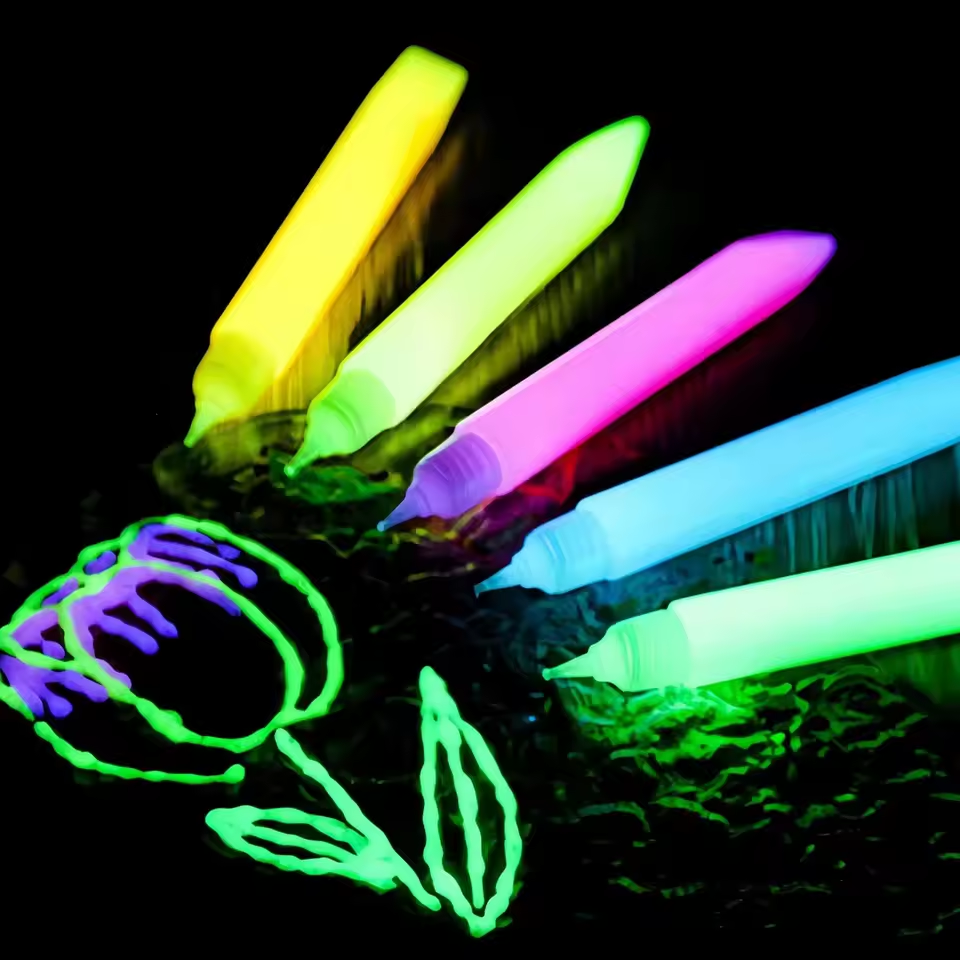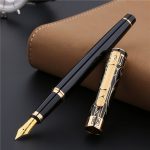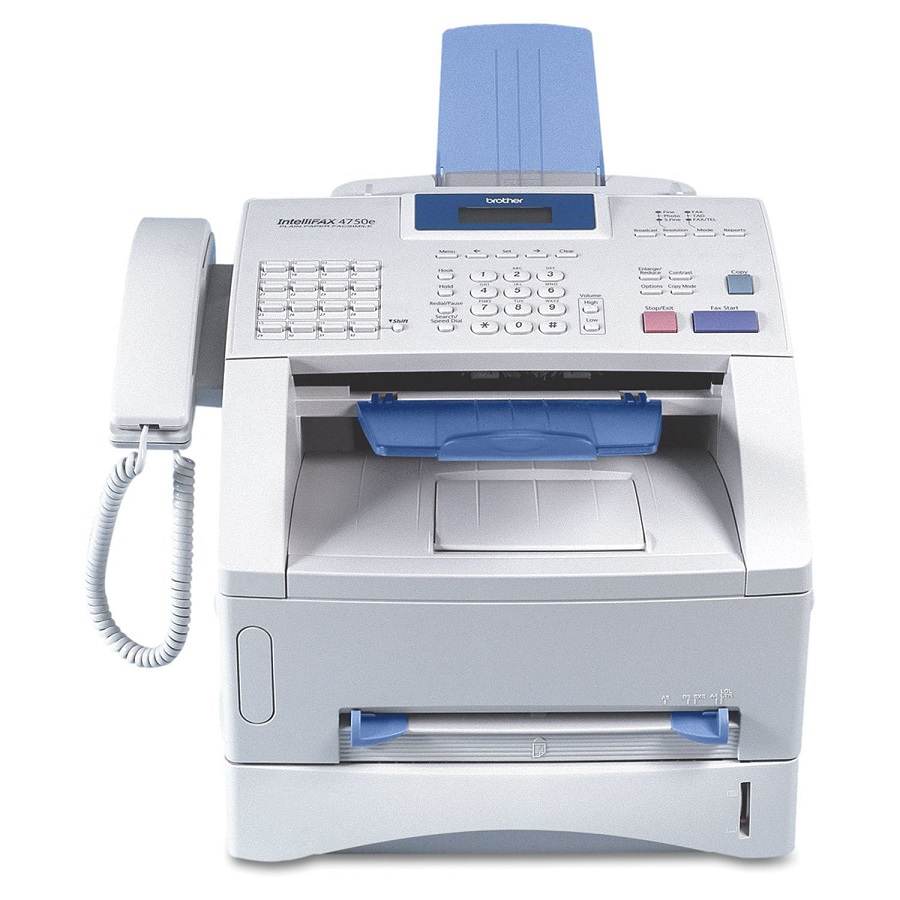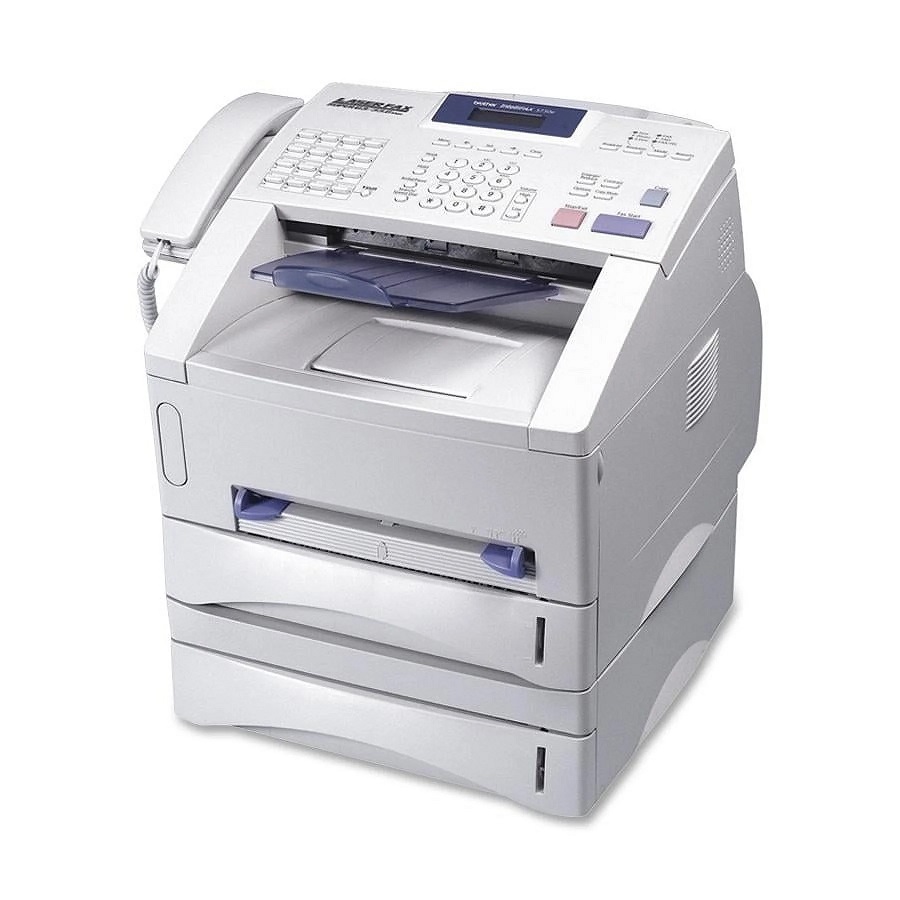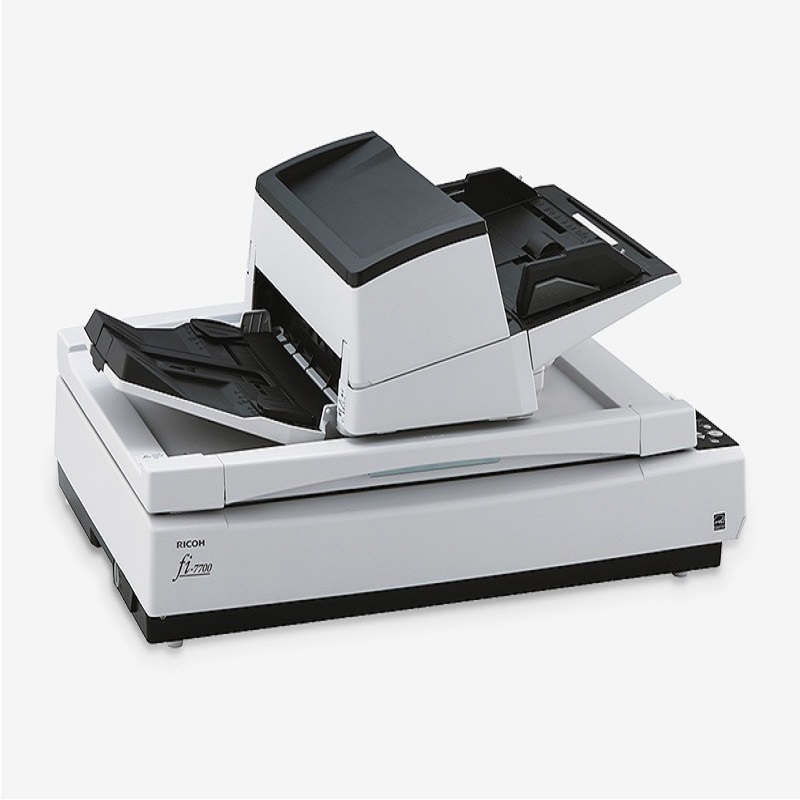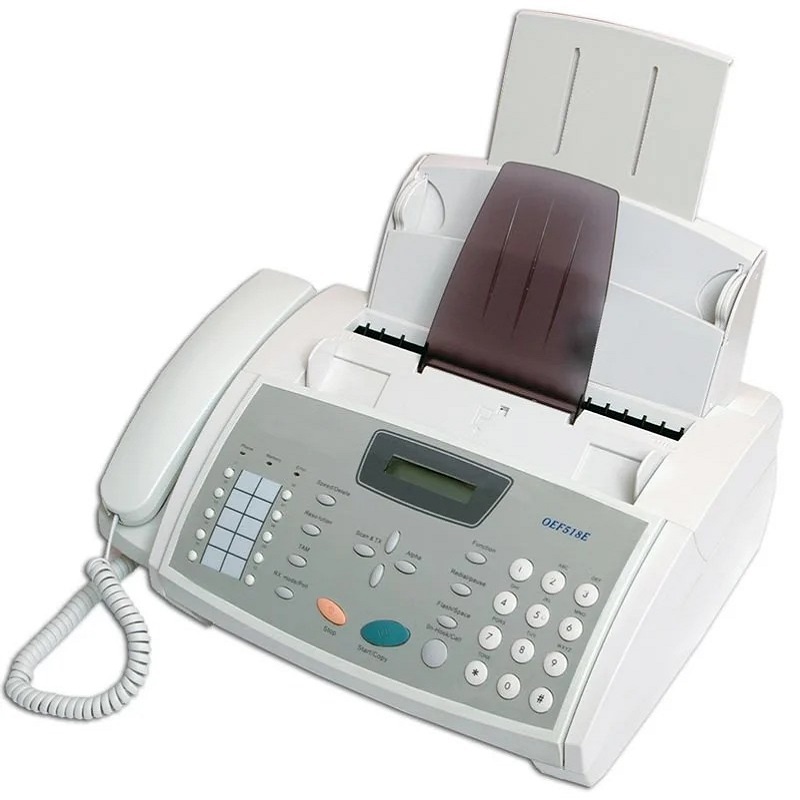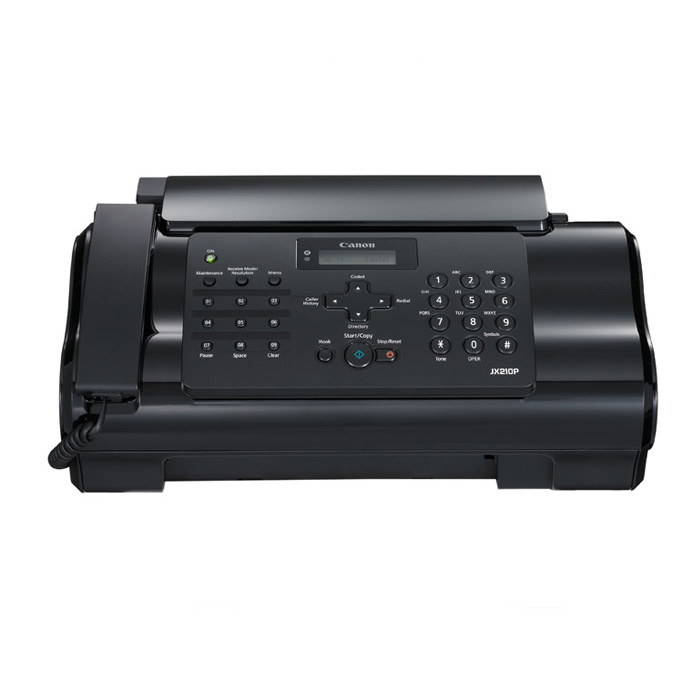How to use a fax machine on a printer? Fax machines have been a staple of office communication for decades, allowing users to transmit documents and images over telephone lines. With the integration of multifunction printers, many modern devices offer the capability to send and receive faxes without the need for a dedicated fax machine. In this comprehensive guide, we will explore the process of using a fax machine on a printer, covering the necessary steps, settings, and best practices to successfully send and receive faxes using a multifunction printer.
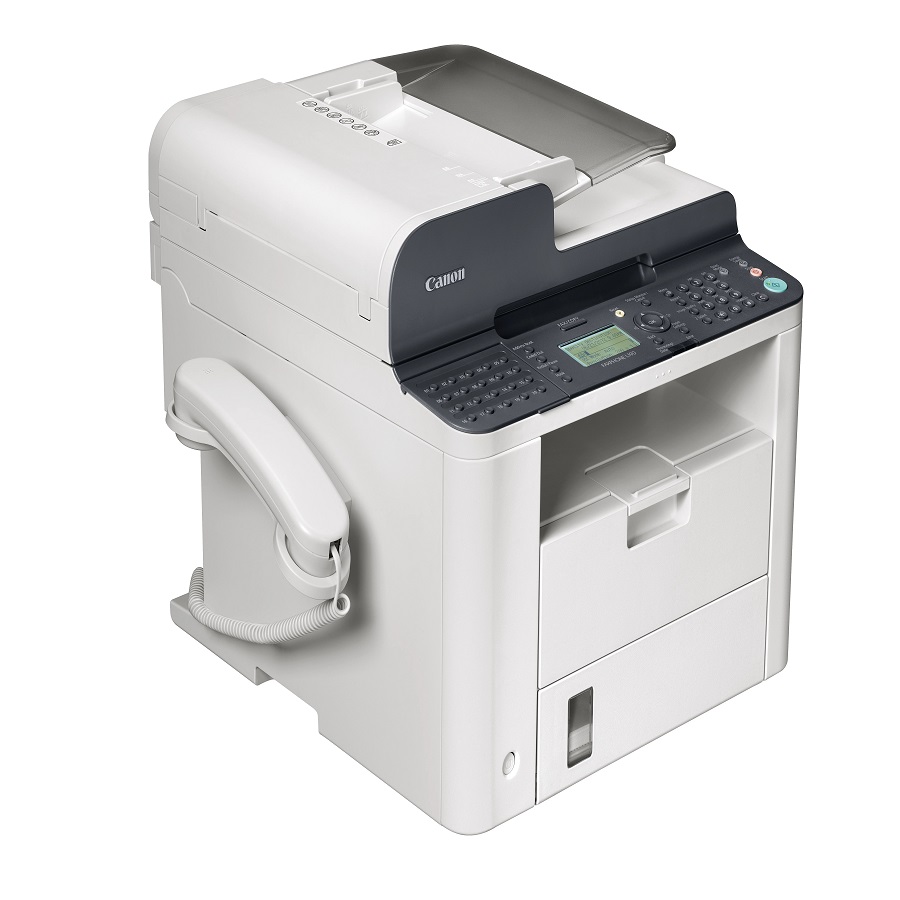
Understanding the Multifunction Printer
Multifunction printers, also known as all-in-one printers, combine the functionality of a printer, scanner, copier, and fax machine into a single device. The fax function is one of the key features of these devices, providing users with the ability to send and receive faxes directly from the printer without the need for a standalone fax machine. Understanding the operation and capabilities of the multifunction printer is essential for effectively using the fax function.
Connecting the Printer to a Phone Line
The first step in using a fax machine on a printer is to ensure that the device is properly connected to a telephone line for sending and receiving faxes. This typically involves connecting the printer’s fax port to a phone jack using a standard telephone cable. Additionally, settings may need to be configured to enable the printer to detect incoming fax signals and communicate with the telephone line.
Setting Up Fax Preferences
Once the printer is connected to a phone line, it is essential to configure the fax preferences to suit the user’s requirements. This may include setting the correct date and time, specifying the sender’s information, and adjusting transmission settings such as resolution and speed. These preferences can typically be accessed and modified through the printer’s control panel or settings menu.
Sending a Fax
To send a fax using a multifunction printer, users can follow a straightforward process that involves the following steps:
- Preparing the Document: Place the document to be faxed, such as a printed page or a document loaded into the printer’s document feeder, ensuring that it is positioned correctly for scanning.
- Selecting the Fax function: Access the printer’s control panel or menu and select the Fax function from the available options.
- Entering the Recipient’s Fax Number: Use the printer’s keypad or interface to enter the recipient’s fax number, including any necessary dialing codes or extensions. Some printers also allow users to select a recipient from the address book if previously configured.
- Adjusting Transmission Settings: Depending on the printer’s capabilities, users may have the option to adjust transmission settings such as resolution, contrast, and transmission speed before sending the fax.
- Initiating the Transmission: Once the document and recipient information are ready, users can initiate the transmission by pressing the “Send” or “Start” button. The printer will scan the document and dial the recipient’s fax number, transmitting the document over the telephone line.
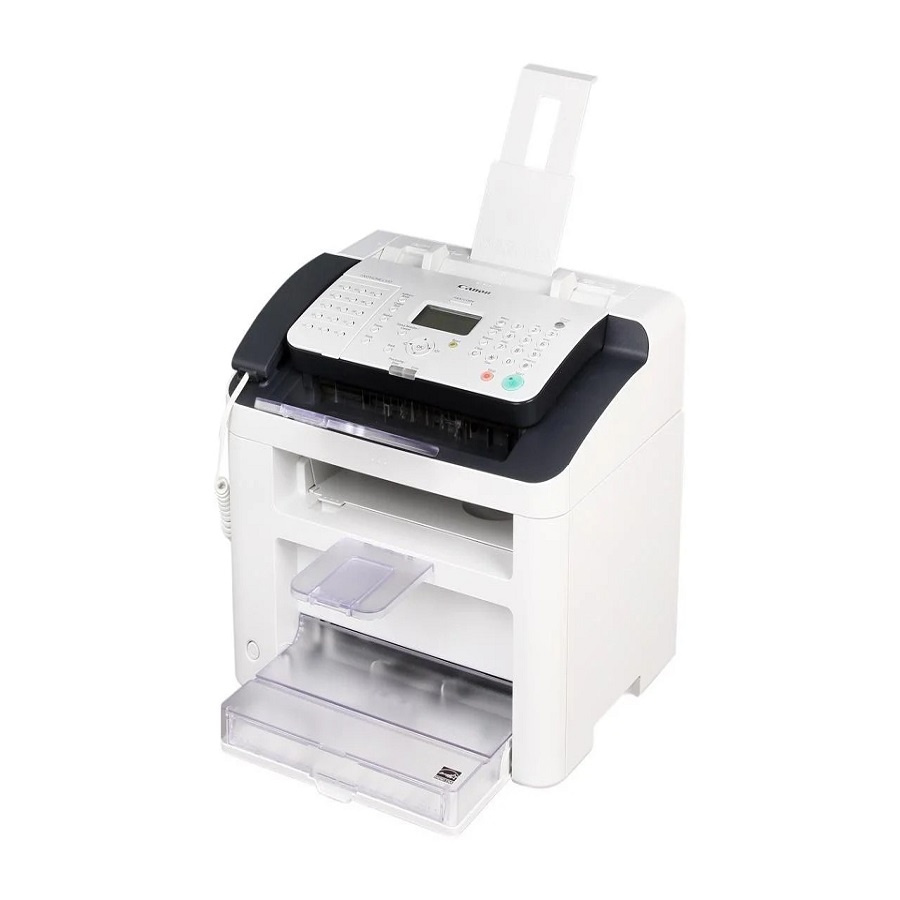
Receiving a Fax
When it comes to receiving faxes using a multifunction printer, the process is similarly straightforward and typically involves the following steps:
Setting Up Fax Reception:
Access the printer’s settings menu to configure fax reception preferences, including settings such as the number of rings before auto-answering, reception mode (auto or manual), and storage options for received faxes.
Monitoring for Incoming Faxes:
Once the printer is set up to receive faxes, it will monitor the connected phone line for incoming fax signals. When an incoming fax is detected, the printer will automatically receive and process the incoming document, storing it in the designated location.
Retrieving and Managing Received Faxes:
After a fax is successfully received, users can access the printer’s menu or interface to review and manage received faxes. This may include options to view, save, print, forward, or delete received documents as needed.
Faxing Best Practices and Considerations
When using a fax machine on a printer, it is essential to adhere to best practices and considerations to ensure successful transmission and reception of faxes. Some key practices to keep in mind include:
- Regularly check the printer’s paper supply, ink or toner levels, and document feeder to ensure that the device is ready to send and receive faxes.
- Verify the accuracy of recipient fax numbers and confirm the dialing codes or extensions when sending a fax to external numbers.
- Monitor the printer’s fax log or transmission report to verify the status of outgoing faxes and confirm successful transmission.
- Regularly review and maintain the printer’s fax settings, including date and time accuracy, sender information, and transmission preferences.
- Periodically test the fax functionality by sending and receiving test faxes to ensure that the printer is operating correctly.
Advantages of fax machine on a printer
The convergence of fax machine functionality with modern multifunction printers has revolutionized the way businesses and individuals communicate. The integration of fax capabilities into multifunction printers offers a myriad of advantages that extend beyond traditional faxing, contributing to improved efficiency, productivity, and seamless document workflows.
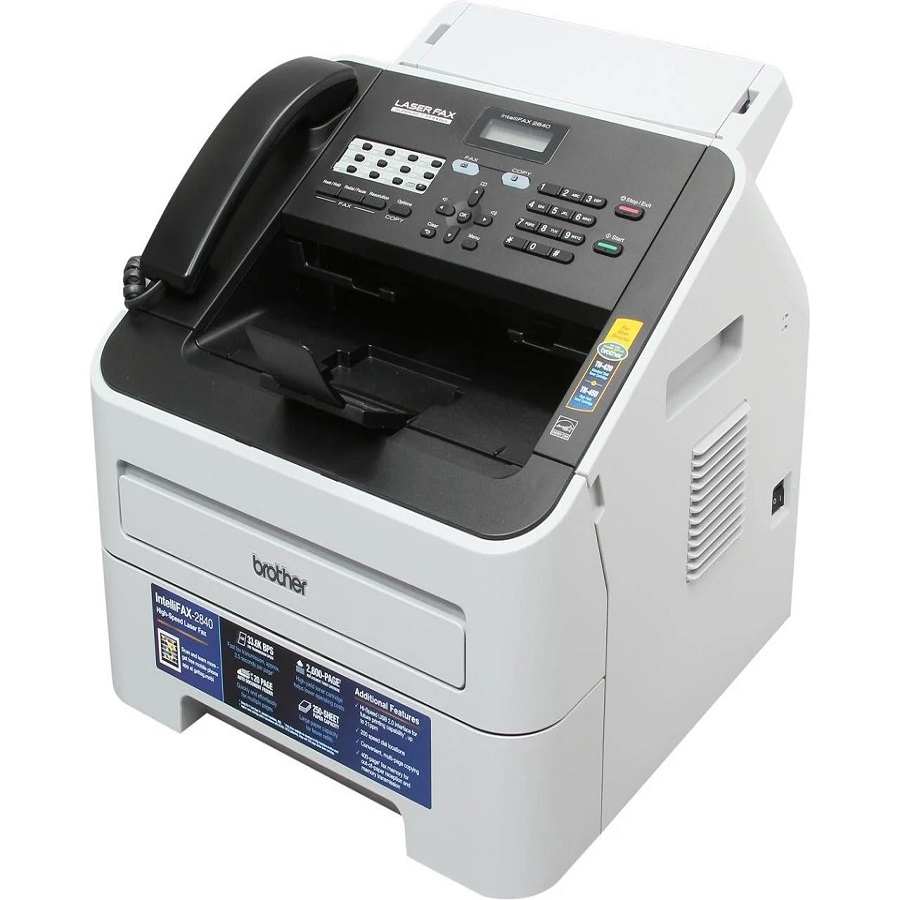
Streamlined Communication
The integration of fax capabilities into multifunction printers provides a consolidated platform for document communication. Allowing users to send and receive faxes alongside printing, scanning, and copying functions. With all these functionalities incorporated into a single device. Users can streamline their communication processes and simplify their document workflow, eliminating the need for separate fax machines and reducing the complexity of managing multiple devices.
Cost-Efficiency and Space Savings
The integration of fax capabilities into multifunction printers offers significant cost savings and space efficiency by eliminating the need for a separate fax machine. By consolidating faxing, printing, scanning, and copying functions into a single device. Businesses can reduce equipment costs, maintenance expenses, and the physical footprint of office equipment. This presents a cost-effective and space-efficient solution for organizations seeking to optimize their office infrastructure. And streamline their document handling processes.
Seamless Document Management
The availability of fax capabilities on a multifunction printer enables seamless document management and distribution. Allowing users to handle incoming and outgoing faxes alongside printing and scanning activities. This integration facilitates the consolidation of document management tasks. Enabling users to process, organize. And distribute both paper-based and electronic documents from a single point of access. The ability to centrally manage fax-related documents alongside other printed. And scanned materials contributes to improved efficiency and document control.
Enhanced Workflow Integration
The integration of fax capabilities into multifunction printers enhances workflow integration and interoperability within office environments. With the ability to send and receive faxes from the same device used for printing, scanning, and copying, users can seamlessly incorporate faxing into their existing document workflows. This integration streamlines the exchange of documents and information, fostering efficient collaboration, and ensuring a consistent user experience across different document-related tasks.
Flexibility and Versatility
Multifunction printers with integrated fax capabilities offer users greater flexibility. And versatility in managing their document communication needs. By combining faxing with printing, copying, and scanning functionalities. These devices provide a comprehensive and versatile platform for addressing diverse document communication and processing requirements. The flexibility provided by this integration allows users to adapt to changing document communication needs. And efficiently manage different types of document-related tasks from a single, multifunctional device.
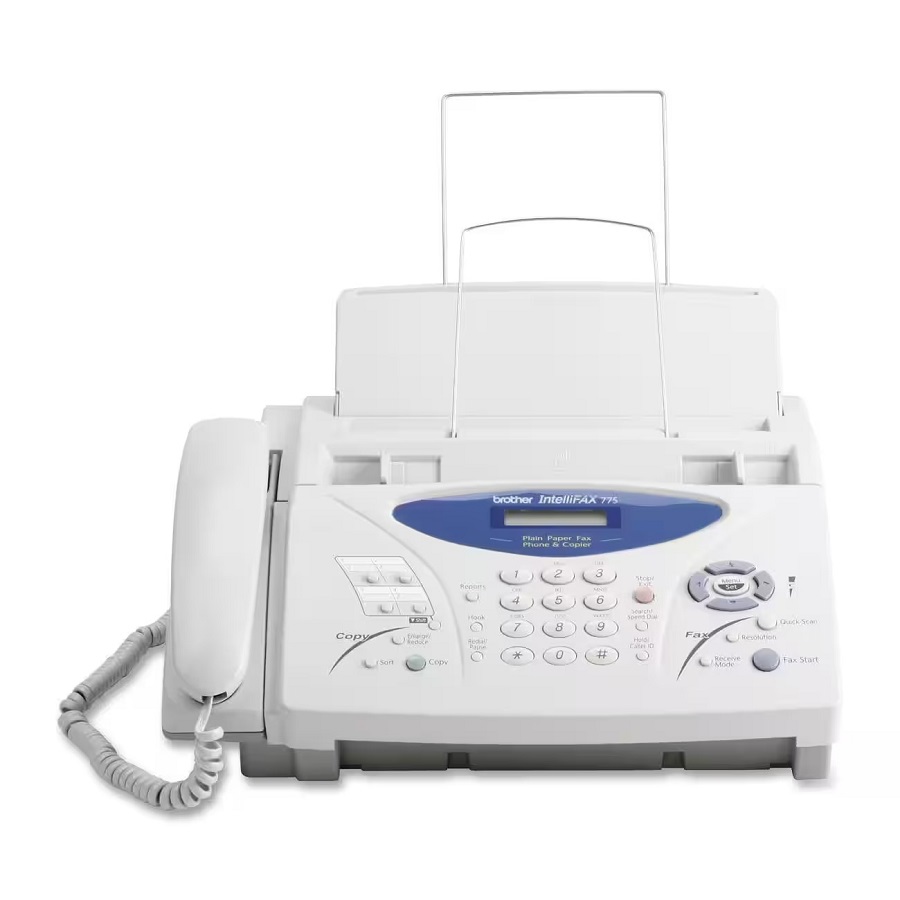
Conclusion
The integration of fax capabilities into multifunction printers has streamlined the process of sending. And receiving faxes in modern office environments. By understanding the steps involved in using a fax machine on a printer. Configuring fax settings, and following best practices. Users can take full advantage of the fax function on their multifunction printers. Whether sending important documents, contracts, or other business communications. The convenience and versatility of faxing with a printer offer a reliable. And efficient method of communication in today’s digital workplace.


